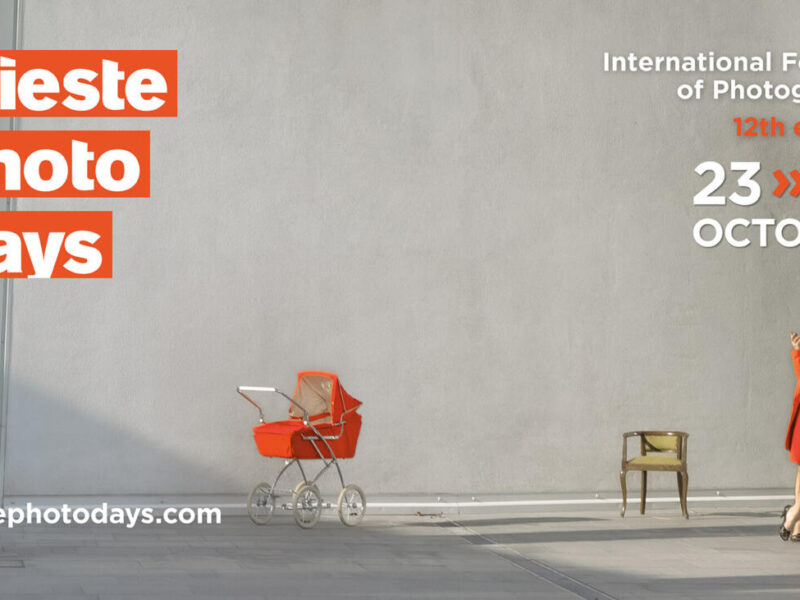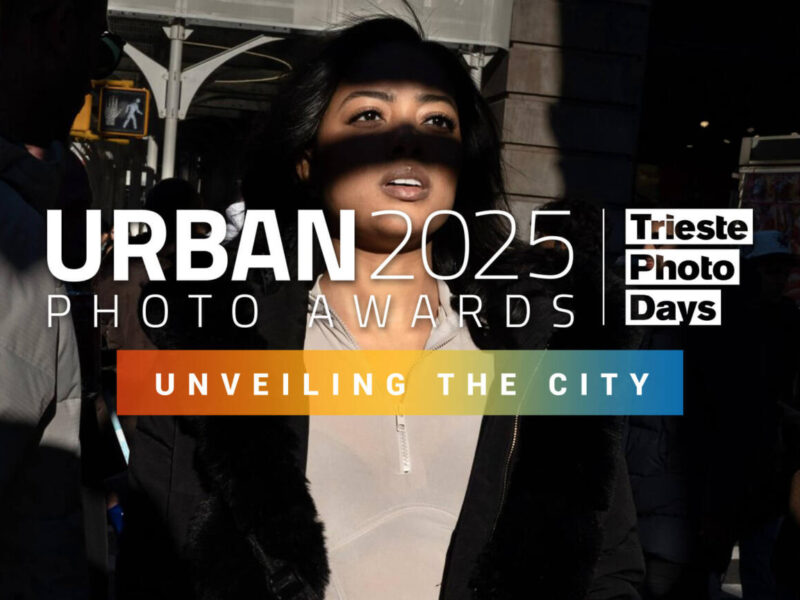Matt Black Special Prize – Gazes on Existence: A powerful collective story curated by a master of documentary photography
For the 16th edition of the URBAN Photo Awards, we are proud to introduce a new Special Prize curated by one of the leading voices in contemporary documentary photography: Matt Black. Renowned for his raw and poetic visual storytelling, Black has selected a group of compelling photographic projects to be exhibited alongside his own work from October 24th to November 9th at Magazzino 26, one of the main venues of Trieste Photo Days 2025.
The Matt Black Special Prize – Gazes on Existence is not a traditional award with a single winner, but a curatorial recognition that highlights projects with strong documentary depth and emotional resonance. These works, handpicked by Black from the submissions to the Projects & Portfolios section, share a common commitment to exploring the human condition across different geographies, social contexts, and personal perspectives.
The following authors will have their work exhibited with Matt Black’s own series, in a shared space designed to foster dialogue between visual voices from around the world:
Antonio Denti – Notes from the Edge
‘Notes from the Edge’ is a photographic exploration of a time when the old world has ended, but the new has yet to arrive, capturing lives pushed to the edges by momentous developments. It reflects the constant human effort – amid transition, turmoil, and uncertainty — to find meaning at these very edges.
Maurizio Orlando – Daniel
During the Covid crisis in Montreal, I met Daniel, the longtime solitary caretaker of a chapel whose daily rituals reflect a life rebuilt on quiet persistence. Through documenting his world, I explored not only his solitude but also my own questions about isolation, aging, and the search for meaning.
Michele Zousmer – MIS[S]UNDERSTOOD
MIS[S]UNDERSTOOD spotlights the vital role of women in the Irish Traveller community, portraying them as the cornerstone of family life and tradition while facing discrimination despite their cultural significance. Through empathetic, honest visual storytelling, this work seeks to humanize the community, challenge prejudice, and evoke deeper understanding and connection.
Shaun O’Boyle – Anthracite Streets
This work examines the urban landscapes shaped by the anthracite coal mines of Eastern Pennsylvania, where immigrant-built company towns – known as “Patches” – bear the marks of industrial and environmental transformation. Through exploring these dense settlements and altered terrains, the project reveals the region’s layered history, distinctive architecture, and the enduring tension between economic survival and environmental impact.
We are also pleased to mention the following projects which were acknowledged by Matt Black for their powerful imagery and thematic richness.
- Eric Falk – Between The Light and The Shadow
- Giorgio Negro – Heile welt or a swiss panorama
- Argus Paul Estabrook – Where Do We
Each of these projects resonates with Matt Black’s vision, echoing his deep interest in stories of resistance, marginalisation, and the silent dignity of overlooked lives.
About Matt Black
Matt Black is a Magnum photographer whose work focuses on social and environmental inequalities in rural America. From 2014 to 2020, he travelled 100,000 miles across 46 states for American Geography, published by Thames & Hudson and exhibited internationally, debuting at Hamburg’s Deichtorhallen. Other major works include The Dry Land (on California’s drought) and The Monster in the Mountains (on the disappearance of 43 students in Mexico), both published by The New Yorker. He has received the W. Eugene Smith Award, three Robert F. Kennedy Prizes, and grants from National Geographic, the Pulitzer Center, and World Press Photo.







